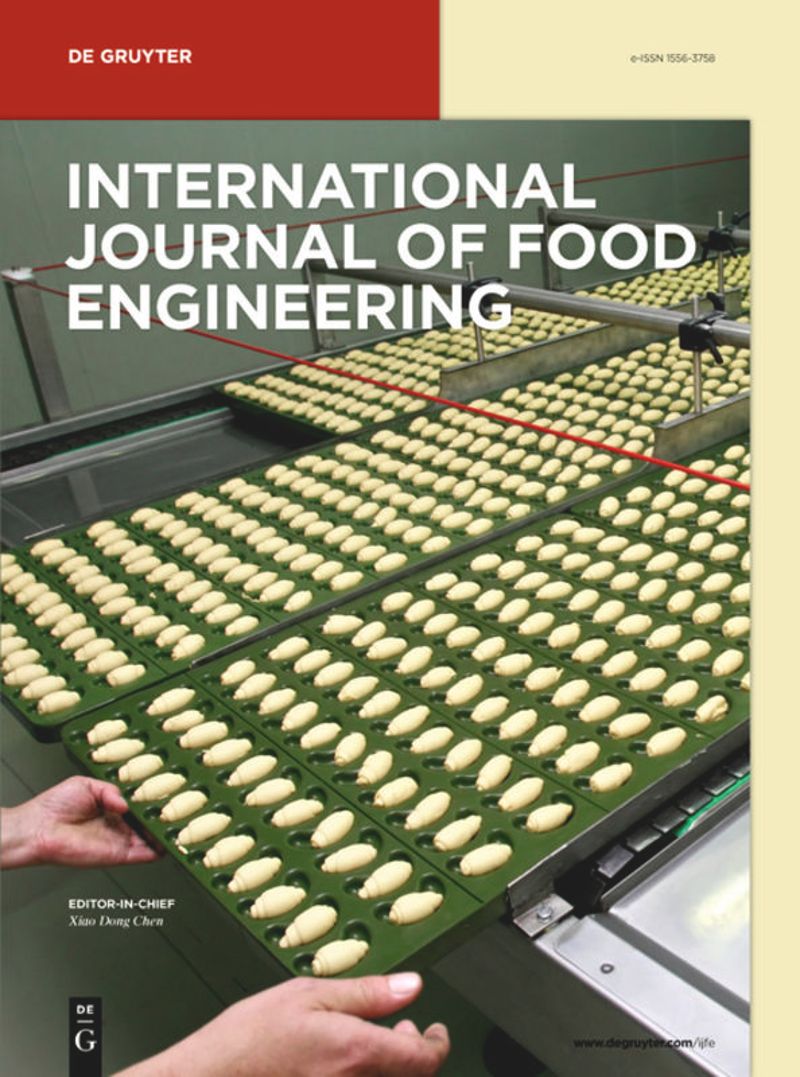Dietary modeling of greenhouse gases using OECD meat consumption/retail availability estimates
IF 1.4
4区 农林科学
引用次数: 0
Abstract
Abstract Research has demonstrated different carbon footprints, based on portion estimations. However, previous estimates are low and often omit the impact of food waste. For example, a high-level of daily meat consumption has been estimated at 100 g, which is less than a typical “quarter pounder” hamburger. We used the Organization for Economic Co-operation and Development (OECD) annual estimates of national retail availability, and applied a mathematical model to prorate other research results to determine a meat portion equal to current OECD statistics, and also projected the diets to 2500 and 3250 kcal, to include consumer and retail waste. Once prorated, the 14 national studies are contrasted and analyzed for reasonableness against OECD data pertaining to U.S., U.K., E.U., vegetarian and vegan diets. We quantify how previous studies underestimated greenhouse gas (GHG) emissions and show that previous GHG study results for the highest tier most accurately predict average national dietary consumption.使用经合组织肉类消费/零售可用性估计的温室气体饮食建模
摘要研究已经证明了不同的碳足迹,基于部分估计。然而,以前的估计数很低,往往忽略了食物浪费的影响。例如,据估计,高水平的每日肉类消费量为100克,比典型的“四分之一磅”汉堡还少。我们使用了经济合作与发展组织(OECD)对全国零售供应量的年度估计,并应用数学模型按比例分配其他研究结果,以确定与当前经合组织统计数据相等的肉类份额,还预测了2500和3250千卡的饮食,包括消费者和零售废物。一旦按比例分配,将14项国家研究与经合组织关于美国、英国、欧盟、素食和纯素饮食的数据进行对比和分析,以确定其合理性。我们量化了之前的研究是如何低估温室气体排放的,并表明之前最高级别的温室气体研究结果最准确地预测了全国平均饮食消费。
本文章由计算机程序翻译,如有差异,请以英文原文为准。
求助全文
约1分钟内获得全文
求助全文
来源期刊
CiteScore
3.20
自引率
0.00%
发文量
52
审稿时长
3.8 months
期刊介绍:
International Journal of Food Engineering is devoted to engineering disciplines related to processing foods. The areas of interest include heat, mass transfer and fluid flow in food processing; food microstructure development and characterization; application of artificial intelligence in food engineering research and in industry; food biotechnology; and mathematical modeling and software development for food processing purposes. Authors and editors come from top engineering programs around the world: the U.S., Canada, the U.K., and Western Europe, but also South America, Asia, Africa, and the Middle East.

 求助内容:
求助内容: 应助结果提醒方式:
应助结果提醒方式:


